Charles King - Midnight at the Pera Palace: The Birth of Modern Istanbul
Here you can read online Charles King - Midnight at the Pera Palace: The Birth of Modern Istanbul full text of the book (entire story) in english for free. Download pdf and epub, get meaning, cover and reviews about this ebook. year: 2014, publisher: W. W. Norton & Company, genre: Non-fiction. Description of the work, (preface) as well as reviews are available. Best literature library LitArk.com created for fans of good reading and offers a wide selection of genres:
Romance novel
Science fiction
Adventure
Detective
Science
History
Home and family
Prose
Art
Politics
Computer
Non-fiction
Religion
Business
Children
Humor
Choose a favorite category and find really read worthwhile books. Enjoy immersion in the world of imagination, feel the emotions of the characters or learn something new for yourself, make an fascinating discovery.

- Book:Midnight at the Pera Palace: The Birth of Modern Istanbul
- Author:
- Publisher:W. W. Norton & Company
- Genre:
- Year:2014
- Rating:4 / 5
- Favourites:Add to favourites
- Your mark:
Midnight at the Pera Palace: The Birth of Modern Istanbul: summary, description and annotation
We offer to read an annotation, description, summary or preface (depends on what the author of the book "Midnight at the Pera Palace: The Birth of Modern Istanbul" wrote himself). If you haven't found the necessary information about the book — write in the comments, we will try to find it.
Intrigue, violence, sex, and espionage, all set against the slow dimming of Ottoman magnificence. I loved this book.Simon Winchester
At midnight, December 31, 1925, citizens of the newly proclaimed Turkish Republic celebrated the New Year. For the first time ever, they had agreed to use a nationally unified calendar and clock.Yet in Istanbulan ancient crossroads and Turkeys largest citypeople were looking toward an uncertain future. Never purely Turkish, Istanbul was home to generations of Greeks, Armenians, and Jews, as well as Muslims. It welcomed White Russian nobles ousted by the Russian Revolution, Bolshevik assassins on the trail of the exiled Leon Trotsky, German professors, British diplomats, and American entrepreneursa multicultural panoply of performers and poets, do-gooders and neer-do-wells. During the Second World War, thousands of Jews fleeing occupied Europe found passage through Istanbul, some with the help of the future Pope John XXIII. At the Pera Palace, Istanbuls most luxurious hotel, so many spies mingled in the lobby that the manager posted a sign asking them to relinquish their seats to paying guests.
In beguiling prose and rich character portraits, Charles King brings to life a remarkable era when a storied city stumbled into the modern world and reshaped the meaning of cosmopolitanism.
32 photographsCharles King: author's other books
Who wrote Midnight at the Pera Palace: The Birth of Modern Istanbul? Find out the surname, the name of the author of the book and a list of all author's works by series.

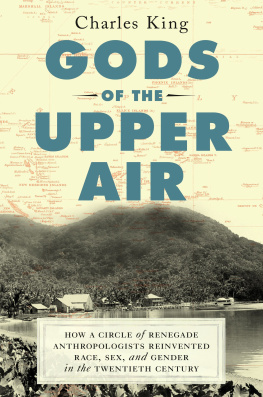
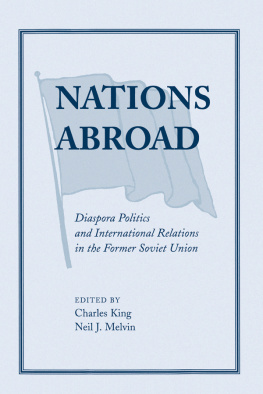
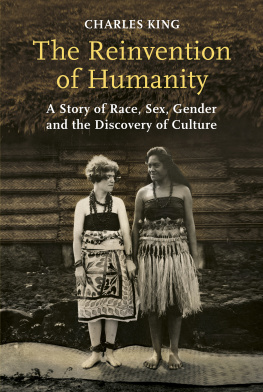
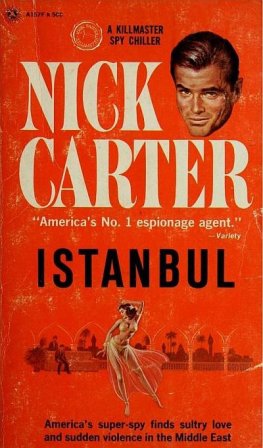
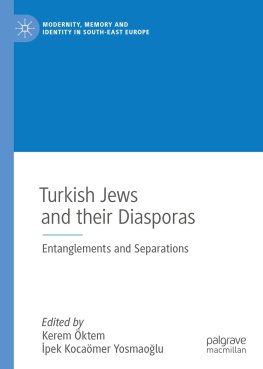
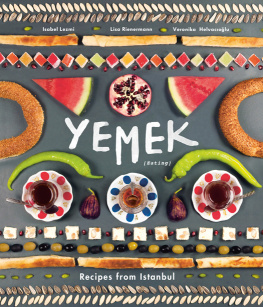
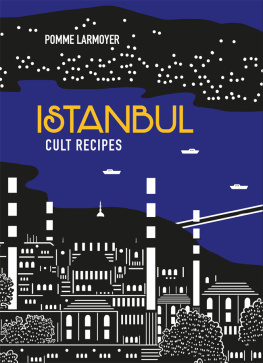


 t
t lu circa 1935
lu circa 1935

 stikll (Independence) Avenue as the Grande Rue, a term that many people continued to use in the interwar years, even after the street had officially been given its current name.
stikll (Independence) Avenue as the Grande Rue, a term that many people continued to use in the interwar years, even after the street had officially been given its current name. a). I refer to some historical charactersespecially Turkish Muslimsby one or more given names up until the time they adopted an inheritable family name, around 1934. Before then, individuals were normally referred to by a first name plus an honorific, such as Pasha for generals or senior administrators, Bey or Efendi for men of rank, and Hanm for similarly placed women.
a). I refer to some historical charactersespecially Turkish Muslimsby one or more given names up until the time they adopted an inheritable family name, around 1934. Before then, individuals were normally referred to by a first name plus an honorific, such as Pasha for generals or senior administrators, Bey or Efendi for men of rank, and Hanm for similarly placed women.  YA ELEB
YA ELEB
